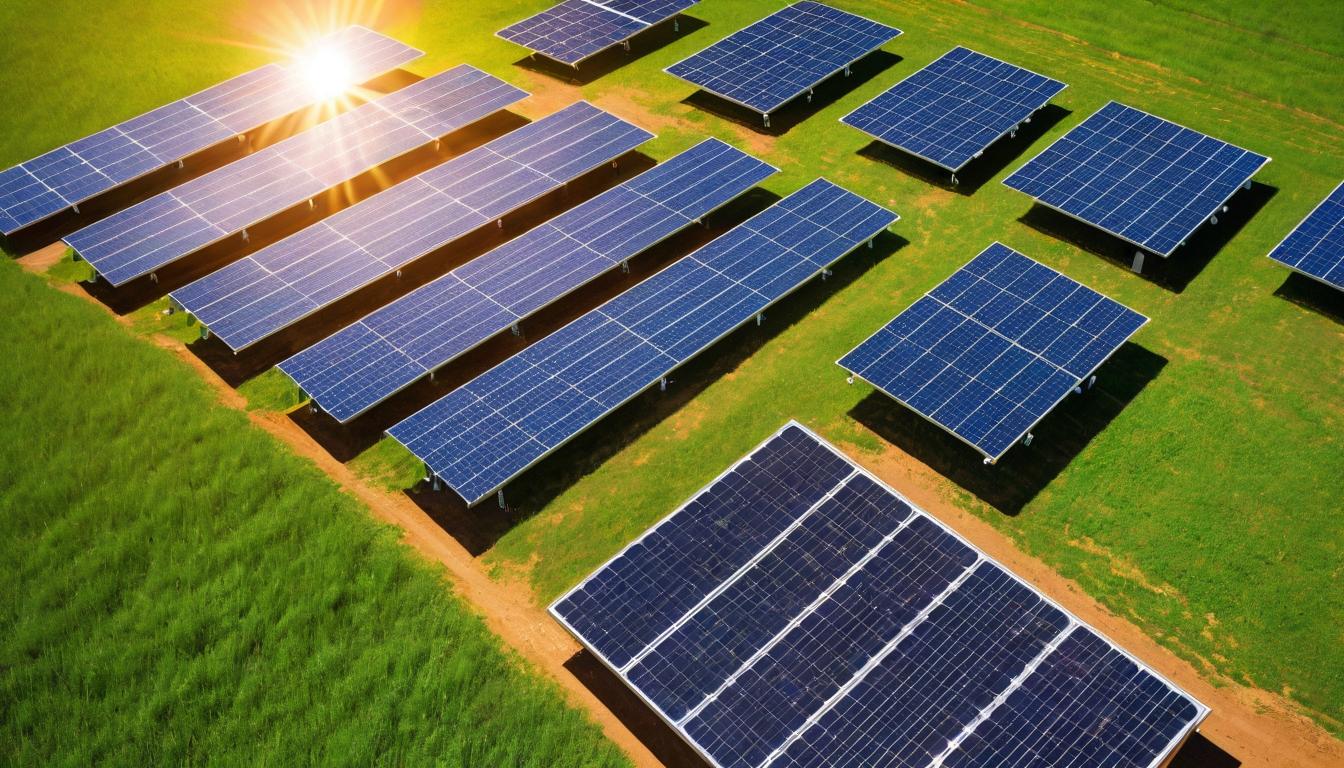Walking through the sprawling solar farms of California's Central Valley, you'd never guess the silent transformation happening beneath the gleaming panels. While the public eye remains fixed on solar panel efficiency percentages and installation costs, a parallel revolution in balance of system components is fundamentally rewriting the economics of solar energy.
Balance of system costs—the inverters, racking, wiring, and monitoring equipment that make solar arrays functional—now represent nearly half of total project expenses. The quiet innovation happening in these unglamorous components is delivering efficiency gains that rival the most celebrated solar cell breakthroughs. Smart inverters that can communicate with the grid, predictive maintenance algorithms that prevent downtime, and modular racking systems that slash installation time are collectively shaving dollars from every watt produced.
Meanwhile, the residential solar landscape is undergoing its own quiet upheaval. The traditional model of homeowners purchasing systems outright is giving way to sophisticated subscription services and community solar arrangements. These new financial structures are opening solar access to renters, low-income households, and those with shaded roofs—demographics previously excluded from the solar revolution.
Energy storage is no longer just about backup power during outages. The most advanced solar-plus-storage systems now function as virtual power plants, selling excess capacity back to the grid during peak demand periods. This secondary revenue stream is transforming the financial calculus for both residential and commercial solar installations, making projects viable in regions where they previously struggled to pencil out.
Manufacturing innovations are arriving from unexpected quarters. The same automated production techniques that revolutionized automobile manufacturing are now being applied to solar panel assembly. Robotics and AI-driven quality control are driving down defect rates while increasing production speeds. The result: higher reliability at lower costs, even as panel efficiencies continue their steady climb.
Supply chain resilience has become the new frontier in solar competitiveness. The industry's previous dependence on single-source manufacturing regions created vulnerabilities that became painfully apparent during recent global disruptions. Now, diversified supply chains and regional manufacturing hubs are emerging as strategic advantages, with companies that invested in geographic diversity reaping the benefits of uninterrupted operations.
Digital twin technology—creating virtual replicas of physical solar installations—is enabling unprecedented optimization. Engineers can simulate years of operation in hours, identifying potential failure points and optimizing system layouts before breaking ground. The technology is particularly valuable for large-scale commercial and utility projects, where small percentage gains in efficiency translate to massive financial returns.
The regulatory environment is catching up to technological reality. Net metering policies, once the primary driver of residential solar adoption, are evolving toward more sophisticated compensation structures that better reflect the true value of distributed generation. Forward-thinking utilities are embracing these changes, recognizing that distributed solar can enhance grid reliability rather than threaten it.
Workforce development represents both challenge and opportunity. The solar industry now employs more Americans than coal mining, but skilled installers, engineers, and technicians remain in short supply. Innovative training programs combining virtual reality simulations with hands-on experience are helping bridge the gap, creating career pathways in communities historically dependent on fossil fuel industries.
The most exciting developments may be happening at the intersection of solar and other technologies. Agri-voltaics—the co-location of solar panels and agriculture—is demonstrating that we don't necessarily need to choose between food production and clean energy. Early results show certain crops actually thrive in the partial shade provided by elevated solar arrays, while the panels benefit from the cooling effect of vegetation below.
As the solar industry matures, recycling and circular economy principles are moving from afterthought to central concern. The first generation of solar panels is now reaching end-of-life, creating both a waste management challenge and a resource recovery opportunity. Advanced recycling technologies can recover up to 95% of panel materials, creating a secondary supply chain that reduces both environmental impact and production costs.
What emerges from these interconnected developments is a picture of an industry in the midst of profound transformation. The solar revolution is no longer just about cheaper panels—it's about smarter systems, more flexible business models, and deeper integration with our energy infrastructure. The quiet components and behind-the-scenes innovations are proving just as important as the headline-grabbing efficiency records.
The implications extend far beyond the solar industry itself. As solar becomes increasingly cost-competitive without subsidies, it's reshaping energy markets, challenging traditional utility business models, and creating new opportunities for economic development. The communities that understand and embrace these changes stand to benefit most in the coming energy transition.
Looking ahead, the most successful solar companies won't necessarily be those with the highest-efficiency panels, but those that best integrate hardware, software, financing, and services into seamless customer solutions. The solar industry is growing up, and its adolescence is proving more interesting—and more transformative—than anyone predicted.
The quiet revolution reshaping solar power economics

